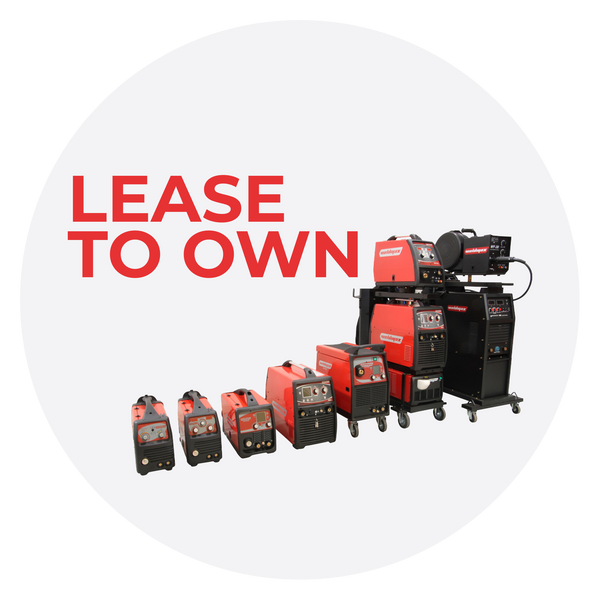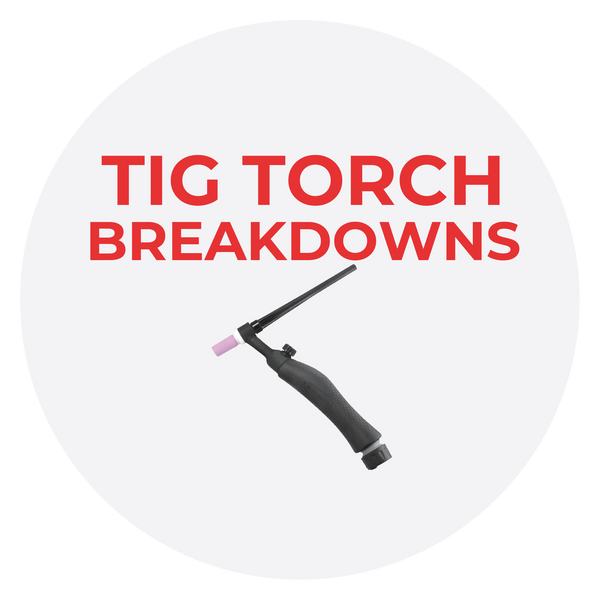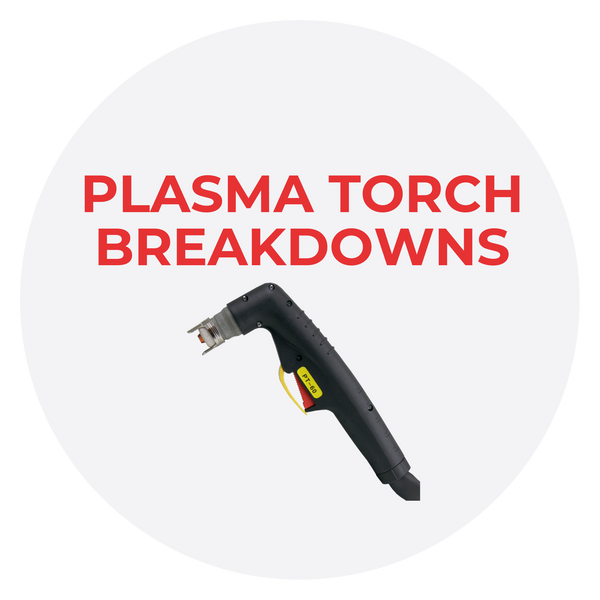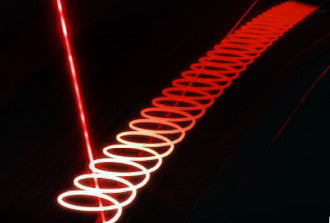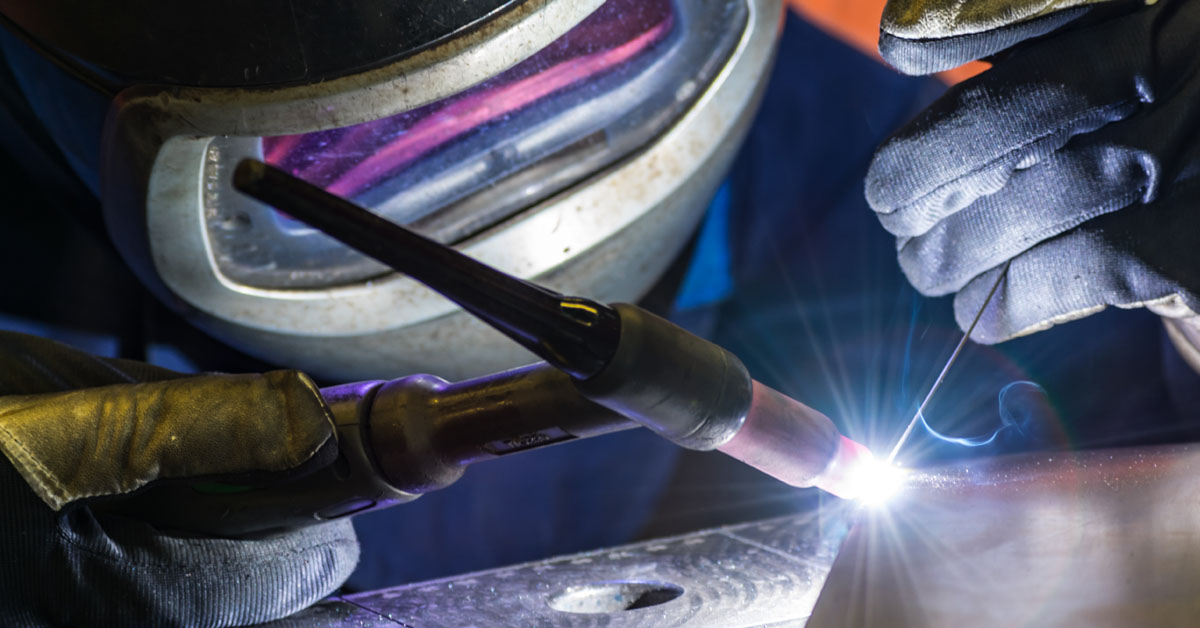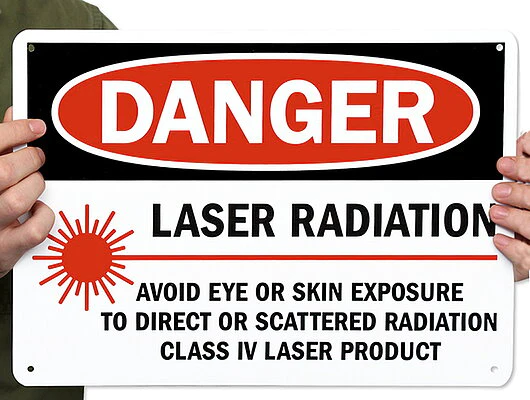To Plasma or Not to Plasma?

Is plasma cutting better than laser cutting? The answer isn’t quite as simple as you might think, but we’re here to walk you through it. As with any craft, there are pros and cons to each technique, and it depends on what type of project you’re working on to determine which is best. Let’s explore this further and discuss why one may be better suited for your job than the other.

Why Plasma Cutting?
Plasma cutting can be used on almost any type of metal, including aluminum and stainless steel. It is great for thicker materials since it uses high temperatures that melt the metal and leave a clean cut edge. It is also relatively inexpensive compared to laser cutting, although it produces more slag that needs to be cleaned up afterward. Additionally, plasma cutting can only really be done with a machine called a “plasma cutter” which is a specialized piece of equipment that can cost thousands of dollars if purchased new. However, if you don’t have access to one of these machines, then plasma cutting isn’t an option for your project.

Why Laser Cutting?
Laser cutting is ideal for thinner metals such as brass, copper and mild steel since it doesn’t require high temperatures like plasma cutting does. Laser cutters also produce less slag so they are easier to clean up after use than a plasma cutter would be. Laser cutters can also cut intricate shapes with ease which makes them perfect for projects such as jewellery or small mechanical parts that require precision cuts or holes in them. The downside of laser cutters is that they tend to be quite expensive due to the fact that they need special optics in order to function properly - this means that laser cutters typically cost several thousand dollars if purchased new.

So, Plasma VS Laser?
Plasma cutting and laser cutting are two widely used methods for cutting various materials, including metal. While both techniques are effective and offer their own advantages, they differ in several aspects. Here's a comparison between plasma cutting and laser cutting:
Principle of operation:
Plasma Cutting:
Plasma cutting involves passing an electric arc through a gas (typically air or an inert gas) to create a high-temperature plasma jet. The plasma jet melts the material, while a high-velocity gas stream blows away the molten metal to create the cut.
Laser Cutting: Laser cutting utilizes a high-powered laser beam focused on the material to melt or vaporize it. The focused laser energy creates a narrow, precise cut.
Cutting speed:
Plasma Cutting: Plasma cutting is generally faster than laser cutting when it comes to thicker materials, especially metals. It can achieve higher cutting speeds, making it suitable for heavy-duty applications.
Laser Cutting: Laser cutting is faster than plasma cutting when it comes to thinner materials. The high energy concentration of the laser beam allows for precise and rapid cutting of intricate shapes.
Cutting thickness:
Plasma Cutting: Plasma cutting is particularly effective for thick materials. It can cut through metal sheets ranging from a few millimeters to several inches thick, making it ideal for industrial applications.
Laser Cutting: Laser cutting is more suitable for thinner materials. It can effectively cut through materials ranging from very thin sheets to medium thicknesses, depending on the power of the laser.
Precision and edge quality:
Plasma Cutting: Plasma cutting tends to have a wider kerf (the width of the cut) compared to laser cutting, which may result in a slightly rougher edge. However, modern plasma cutting systems can achieve good accuracy and edge quality, especially with thinner materials.
Laser Cutting: Laser cutting offers high precision and excellent edge quality, producing clean, smooth cuts with minimal heat-affected zones. It is particularly suitable for intricate designs and fine details.
Cost:
Plasma Cutting: Plasma cutting equipment is generally less expensive to acquire and maintain compared to laser cutting systems. It can be a cost-effective option for heavy-duty cutting applications.
Laser Cutting: Laser cutting equipment is typically more expensive than plasma cutting systems. Additionally, maintenance and operating costs may be higher. However, laser cutting's precision and versatility can make it cost-effective for certain applications.
When deciding between using plasma or laser cutting for your project, consider not just the cost but also how much time you will save by using the correct tool for the job. If you need something quickly then go with the plasma cutter; however if accuracy matters more than speed then go with the laser cutter instead. Ultimately whichever one you choose should depend on your specific needs so make sure you take all of these factors into account before making your decision!





